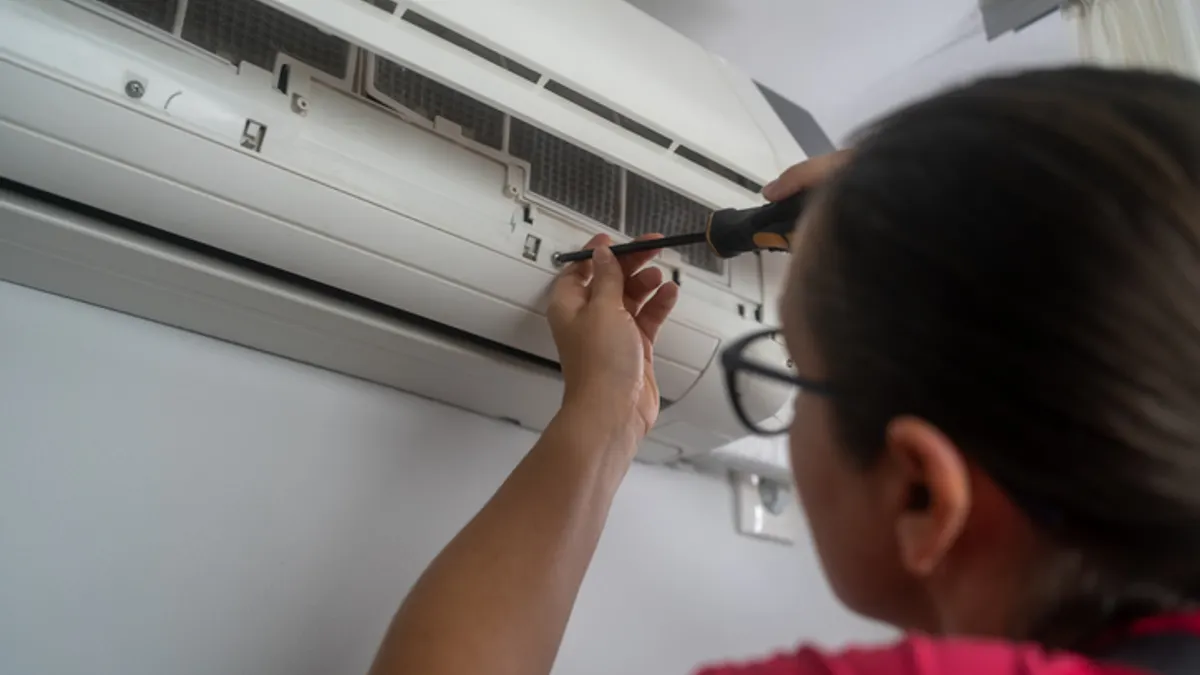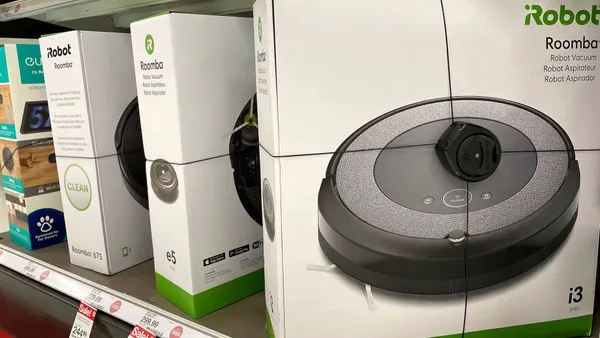Dive Brief:
- Entryway counting can provide higher-quality occupancy data compared with traditional collection methods such as worker assignments, seating ratios and even badge entry data, enabling building owners and operators to more accurately gauge space utilization, according to a November white paper by R-Zero.
- Entryway counting uses anonymous people-counting sensors to determine real-time and historical occupancy levels across buildings, floors or smaller spaces. This method enables operators to implement a lower-cost way of determining occupancy in larger spaces without requiring as many devices, or measure occupancy in areas where current sensors won’t work, for example in those with high ceilings or with privacy concerns, R-Zero says.
- With entryway counting giving more precise insight into how their spaces are used, facility managers can optimize energy efficiency and better manage other operations, such as lighting, janitorial service and HVAC, through building management system integration, the report says.
Dive Insight:
Sustainable building features and operations are in high demand, especially among large occupiers, with tenants increasingly expecting cutting-edge technology “to enhance employee experience and ensure safety and resource efficiency,” according to CBRE’s 2024 Americas Office Occupier Sentiment Survey, released in August.
As tenants prioritize greener, more energy-efficient spaces, entryway counting can be an essential tool for facility managers, R-Zero says. By providing greater detail on space utilization, the occupancy tracking method can help guide building owners to consolidate underused spaces or expand high-traffic areas, including amenities like conference centers, gyms and coffee shops, R-Zero says.
“Real-time occupancy monitoring enables precise energy management — allowing HVAC systems and lighting to run only when needed. This not only ensures that buildings meet the rising demand for sustainability but also makes them more attractive to the tenants willing to invest in spaces that align with their ESG goals,” R-Zero says in its report.
In addition to providing the data to make “smarter, targeted investments in energy efficiency,” entryway counting insights can also support broader decarbonization efforts, helping properties stay ahead of regulatory requirements such as Local Law 97 and BERDO, R-Zero says in its report.












